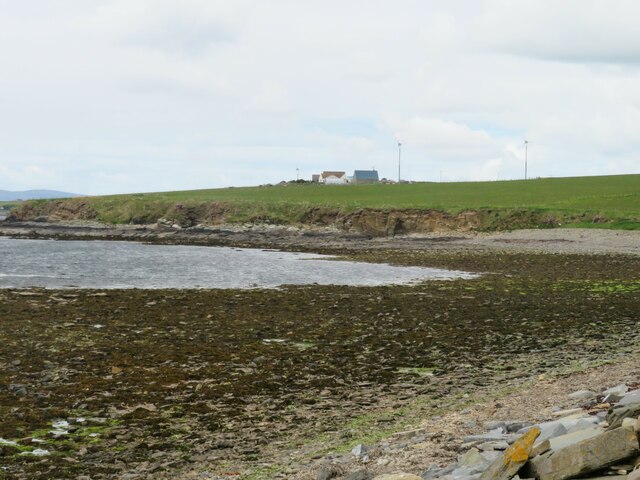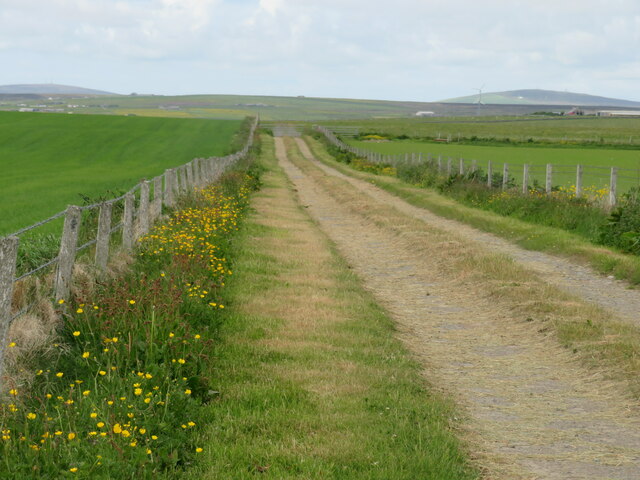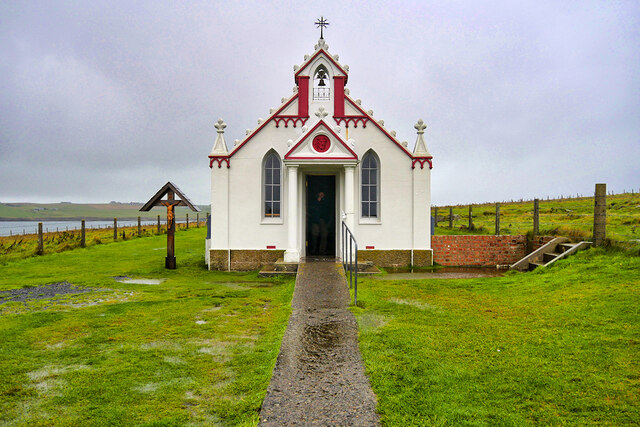Bore of Vigga
Bay in Orkney
Scotland
Bore of Vigga
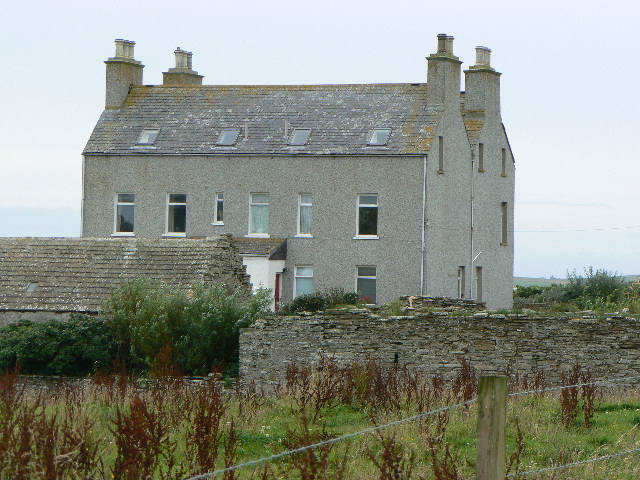
The Bore of Vigga is a small bay located on the west coast of the Orkney mainland in Scotland. It is situated near the village of Dounby and is known for its rugged beauty and dramatic tidal phenomenon. The bay is surrounded by steep cliffs and offers breathtaking views of the North Atlantic Ocean.
One of the most notable features of the Bore of Vigga is the powerful tidal bore that occurs twice a day. A tidal bore is a rare occurrence where the leading edge of an incoming tide forms a wave that travels up a narrow estuary or bay against the direction of the river or current. This natural spectacle attracts both locals and tourists who gather to witness the impressive force of the water as it rushes into the bay.
The area around the Bore of Vigga is also home to a diverse range of wildlife. Seabirds such as fulmars, guillemots, and puffins can often be spotted nesting on the cliffs. The bay is also frequented by seals and occasionally dolphins and whales can be seen offshore.
For those interested in outdoor activities, the Bore of Vigga offers opportunities for hiking, birdwatching, and photography. There are several walking trails that lead to viewpoints overlooking the bay, providing visitors with a chance to appreciate the stunning coastal scenery and observe the tidal bore from a safe distance.
Overall, the Bore of Vigga is a natural wonder that showcases the raw power of the ocean and offers visitors a unique and memorable experience in the Orkney Islands.
If you have any feedback on the listing, please let us know in the comments section below.
Bore of Vigga Images
Images are sourced within 2km of 58.891297/-2.8577179 or Grid Reference HY5000. Thanks to Geograph Open Source API. All images are credited.
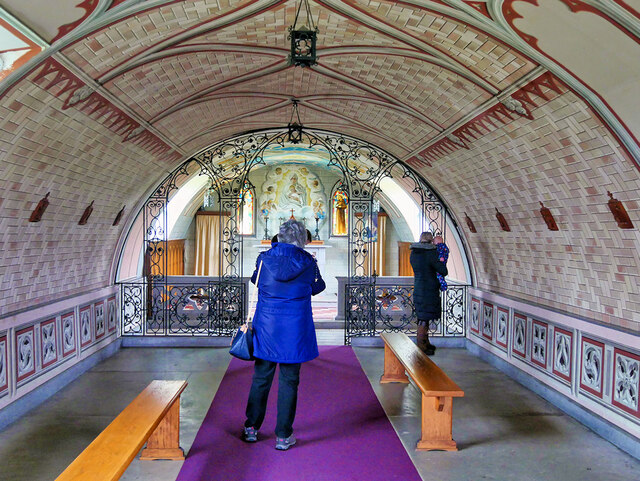
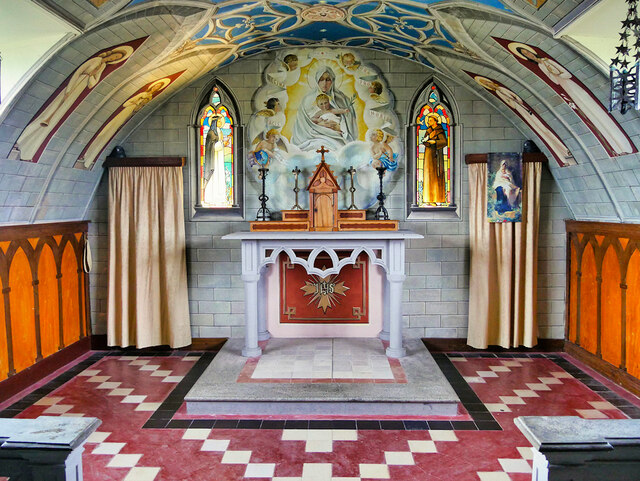


Bore of Vigga is located at Grid Ref: HY5000 (Lat: 58.891297, Lng: -2.8577179)
Unitary Authority: Orkney Islands
Police Authority: Highlands and Islands
What 3 Words
///explain.fluid.rezoning. Near Holm, Orkney Islands
Nearby Locations
Related Wikis
Lamb Holm
Lamb Holm is a small uninhabited island in Orkney, Scotland. The Italian Chapel, constructed during the Second World War, is the island's main attraction...
Italian Chapel
The Italian Chapel is a highly ornate Catholic chapel on Lamb Holm in the Orkney Islands. It was built during World War II by Italian prisoners of war...
Orkney F.C.
Orkney Football Club is a senior association football club from the Orkney Islands, Scotland. The club was founded in 2012 and competes in the North Caledonian...
A961 road
The A961 is a single-carriageway road on the eastern side of Scapa Flow in the Orkney Islands, connecting the town of Kirkwall on the Orkney Mainland to...
Nearby Amenities
Located within 500m of 58.891297,-2.8577179Have you been to Bore of Vigga?
Leave your review of Bore of Vigga below (or comments, questions and feedback).
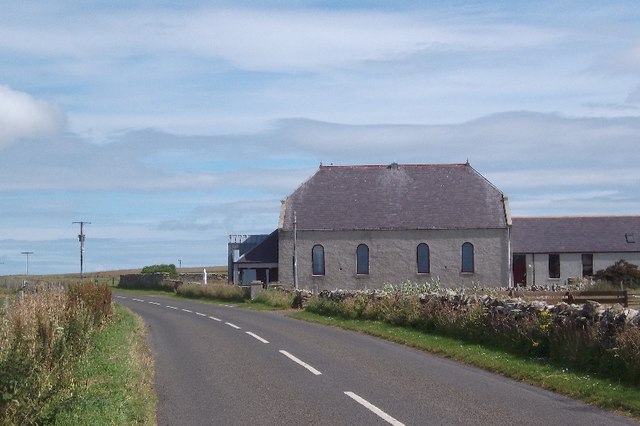
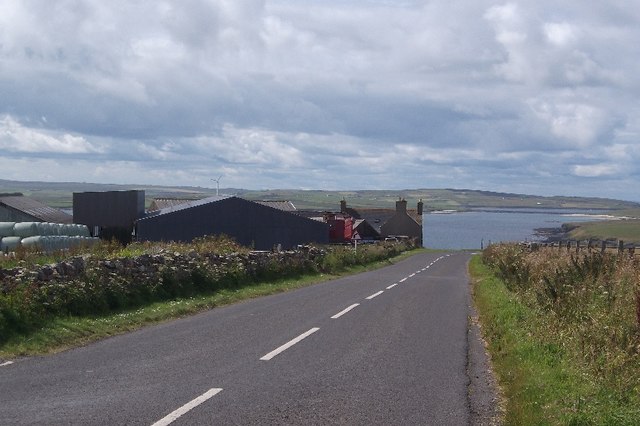
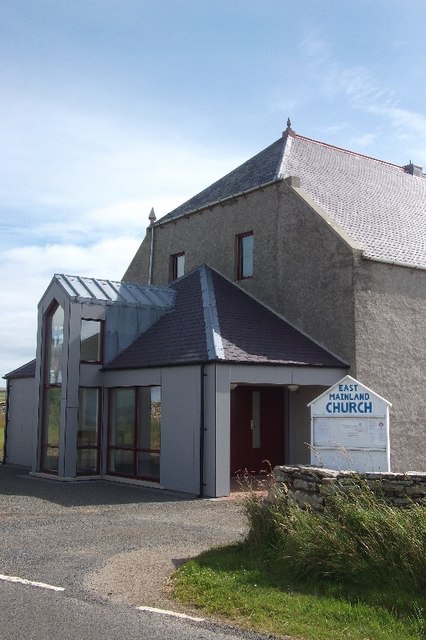
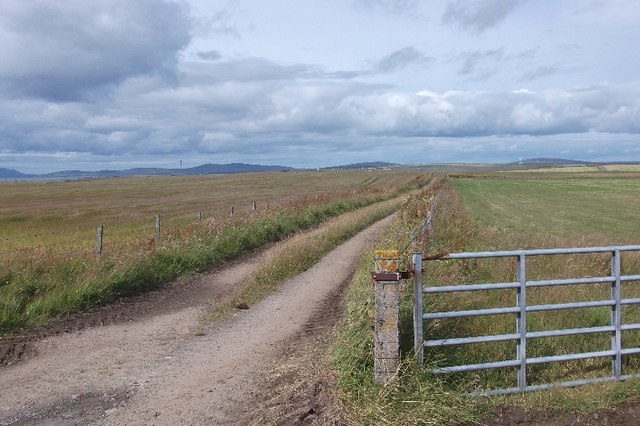
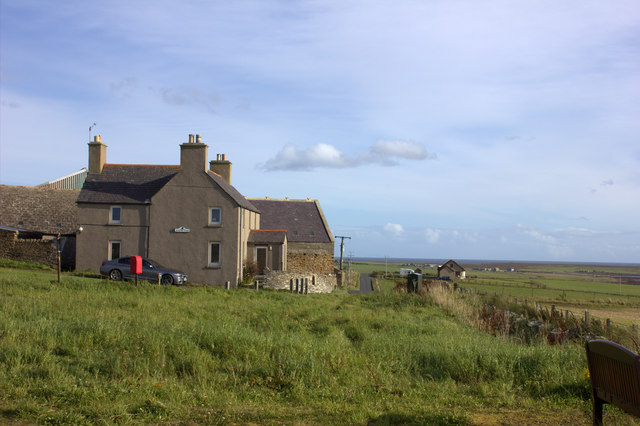
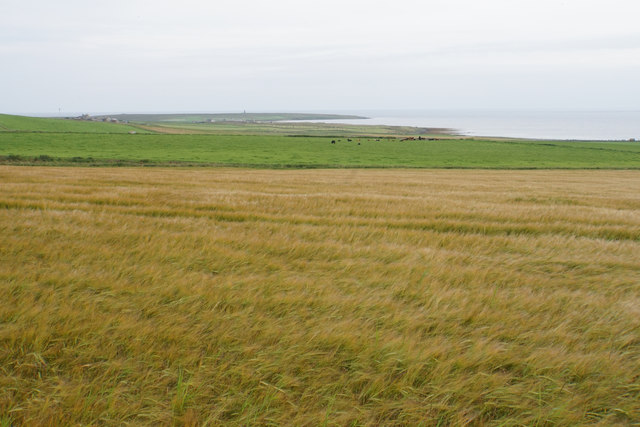
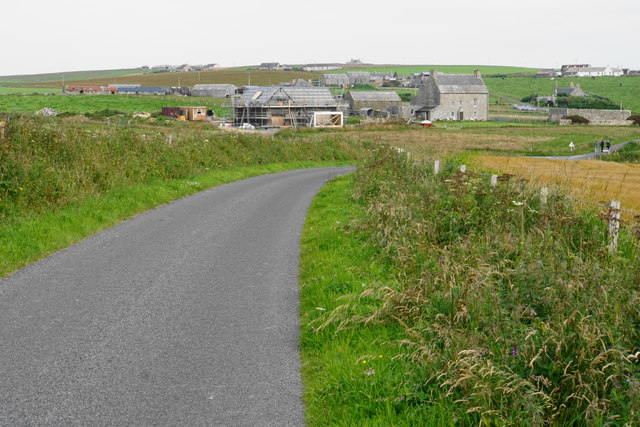
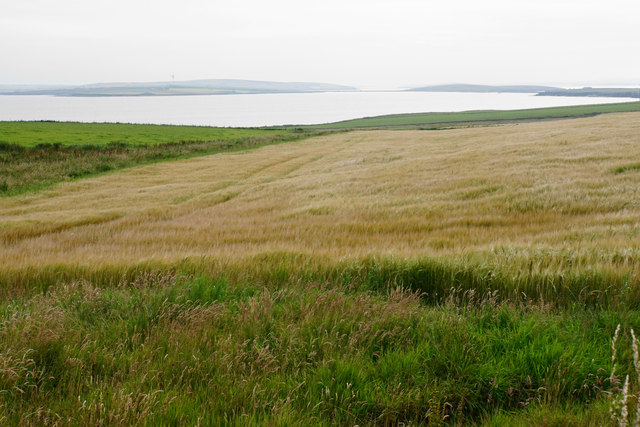
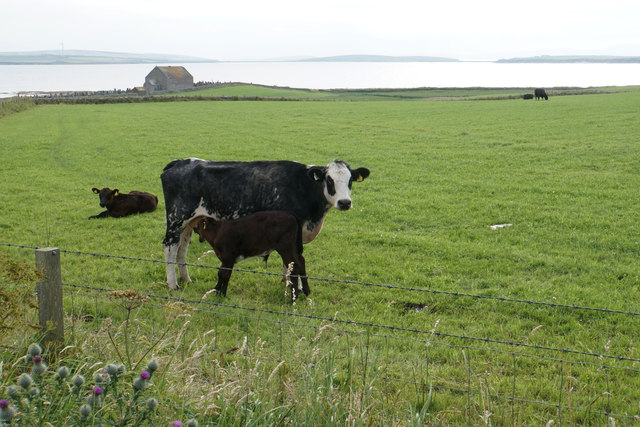
![Howes Wick Sandy bay with that scent of rotting seaweed in the air. Any excitement generated by seeing the words 'Castle Howe' on the map was soon dispelled by the sight of a green mound with a few stones sticking out of the top. [visible centre picture]](https://s1.geograph.org.uk/geophotos/06/89/10/6891045_fb00995c.jpg)
